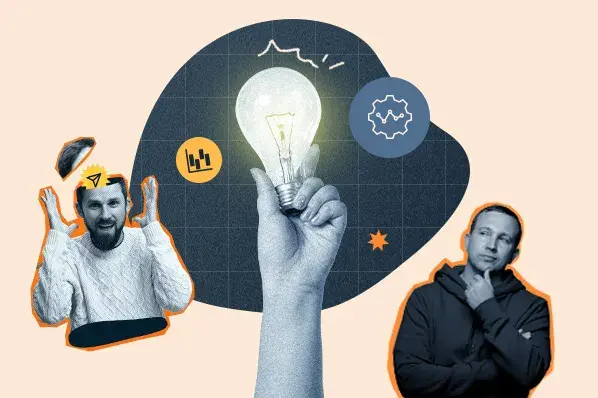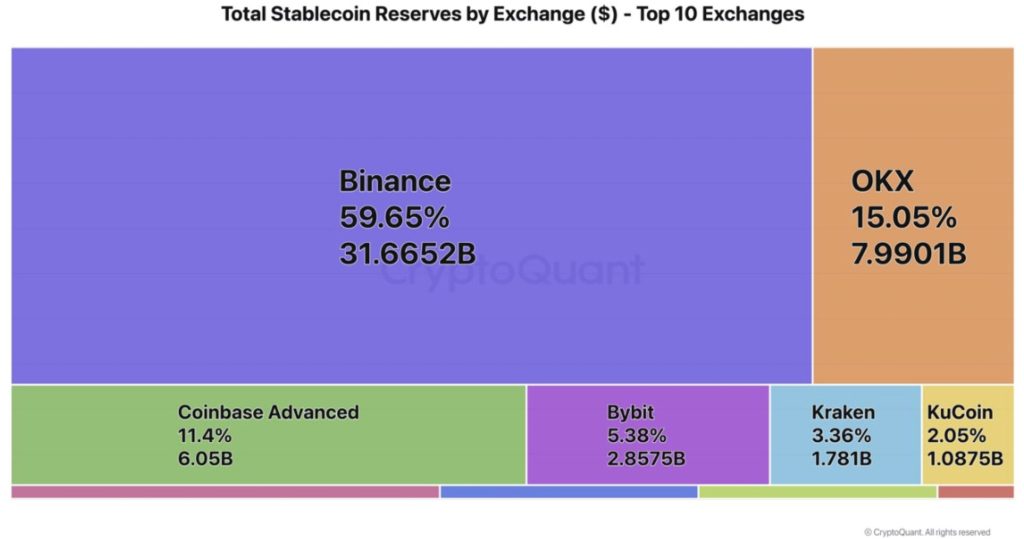As a startup founder or marketing leader, you’ve likely heard the mantra “distribution is everything.” But what does that really mean, and how do you put it into practice?
Building a great product is hard, but it’s only half the battle. The real challenge is getting that product in front of the right customers — repeatedly, and at scale.

For most startups, this is where things fall apart. In my experience, many founders either get stuck trying to sell to fewer customers at a higher price or chase thousands of lower-priced customers. As a result, they end up stretching their resources too thin and fail to create sustainable growth.
The solution is to build a scalable distribution engine. But how do you set up a system that consistently delivers results, while still balancing your current channels and marketing strategy?
In a recent Marketing Against the Grain episode, Kieran and I unpack why startups need to prioritize distribution from day one — and how to design a distribution system that works.
Check Your Numbers: Why a Startup Distribution Strategy is Critical
Let’s get real about the math. Most Series A or B startups are selling to mid-market companies with annual contract values of $5,000-$12,000. To achieve the growth investors expect, you have two options:
- Go upmarket and increase your ACV to $250,000+. This is incredibly difficult and, in my experience, most fail.
- Acquire thousands of customers at your current price point. This requires a powerful distribution engine.
The reality is, most startups never invest enough time in building that engine — and without it, they’re at a standstill.
The key is to design a distribution system that’s both predictable and high-leverage. Why? Because predictability gives you forecasting power, while leverage allows you to acquire customers efficiently.
Here’s how to approach it.
How to Build a Startup Distribution Engine
Having worked with countless startups (and helped build HubSpot’s own distribution engine from the ground up), Kieran and I have learned a thing or two about mastering distribution. Here are our top four tips.
1. Identify your product-channel fit.
Startups often talk about product-market fit — but just as critical is product-channel fit. In other words: which distribution channels best align with your product, attract customers, and allow for repeatable growth at scale?
At HubSpot, for example, we built our distribution strategy alongside our product development. Since our product was built around inbound marketing, we focused on channels like content marketing and SEO, which attracted our target audience while simultaneously (and conveniently) showcasing the actual value of our own product.
By aligning our distribution strategy with what HubSpot was designed to do — inbound marketing — we ensured that both our product and channels organically grew together in a way that was scalable and repeatable.
2. Balance predictability and creativity.
One of the toughest challenges of building a startup distribution engine is balancing predictability with creativity. You need reliable, predictable channels to fuel steady growth, but you also need to take creative risks to find the high-leverage opportunities that will propel your business forward.
A great example here is Abercrombie & Fitch. Once a brand in decline, they reimagined their distribution strategy by using influencers and social video to reach a new, younger audience.
While they still relied on predictable channels like social media, they added a creative twist by rebranding their image and using influencers to drive authenticity. This balance helped them thrive — outpacing even fast-growing companies like Nvidia for a period.
At HubSpot, we followed a similar path. In the early days, paid advertising drove about 50% of our demand, providing predictability. But as we scaled, we invested more in creative, high-leverage channels like search, flipping the ratio to where search eventually generated 60% of our demand — an absolute game changer for our scaling strategy.
Pro tip: Look at affiliate programs or creator collaborations to add creative twists to predictable channels. These types of partnerships can offer unique distribution angles that set you apart from competitors.
3. Find unique leverage points.
As Kieran points out during the podcast, the most successful distribution strategies find a unique angle within existing channels. Especially when a channel is already crowded, it’s no longer enough to just participate — you have to stand out.
A great example of this is Genius.com, which became the top lyric site by adding user-generated content like annotations to song lyrics. This feature increased each page’s value and helped them rank higher in search engines — not because they had the best product, but because they found a new way to use user interaction to boost visibility and engagement.
Pro tip: Segment your distribution channels into “known” (predictable) and “unknown” (risky, high-impact) categories. This helps you balance stable growth while testing new, high-upside channels.
4. Find asymmetric opportunities.
Distribution success often comes from identifying asymmetric opportunities — channels or strategies that offer disproportionately high returns with relatively low input. These opportunities typically arise from an ability to see what others miss.
As Kieran explains, “To get real leverage in distribution, you need someone who can creatively explore unproven areas while still applying process and rigor.” This means your team can’t just be focused on optimizing what’s already working — they need to be competitive, inventive, and unafraid to experiment.
A powerful example of this was a company I worked with in Brazil, which was targeting heads of logistics in a niche B2B market. Instead of going after traditional channels, we found an asymmetric opportunity by licensing popular business content (like James Clear’s Atomic Habits) and adapting it into Portuguese. This created a unique, localized offering that resonated with their audience in a way no one else was doing.
Don’t Neglect Distribution
Distribution isn’t a side concern for startups — it’s everything. To scale your business, you need a startup distribution engine that’s both predictable and capable of delivering high-leverage growth.
By focusing on the right channels, balancing predictability with creativity, and always looking for asymmetric opportunities, you’ll be in a much stronger position to grow your business.
To learn more about marketing startup distribution engine strategies, check out the full episode of Marketing Against the Grain below:
This blog series is in partnership with Marketing Against the Grain, the video podcast. It digs deeper into ideas shared by marketing leaders Kipp Bodnar (HubSpot’s CMO) and Kieran Flanagan (SVP, Marketing at HubSpot) as they unpack growth strategies and learn from standout founders and peers.
Credit: Source link











